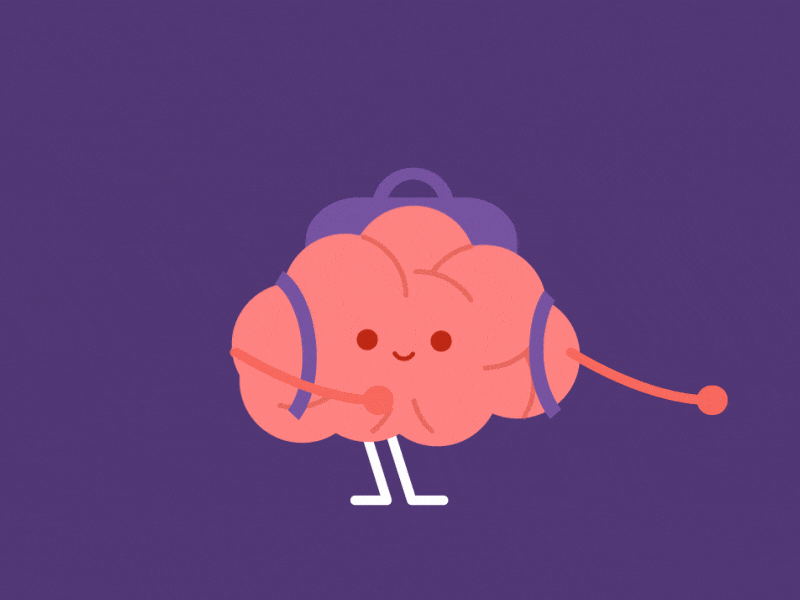
Hyperthymesia
What is the Causes of HSAM?
Pyschological Aspect
It has been proposed that the initial encoding of events by such people includes semantic processing, and therefore semantic cues are used in retrieval. Once cued, the memory is retrieved as episodic and follows a pattern similar to that of a spreading activation model. One of the sufferer which is Jill Price explained it all. She describes how one memory triggers another, which in turn triggers another and how she is powerless to stop it:
"It's like a split screen; I'll be talking to someone and seeing something else."
This theory serves to explain why hyperthymestics have both a sense of 'knowing' (semantic memory) and 'remembering' (episodic memory) during recollection. One writer claimed hyperthymesia may be a result of reviewing memories constantly to an obsessive-compulsive degree. However Jill has completely dismissed this article as "a load of crap" and others with hyperthymesia claim to never revisit uneventful memories. Other findings have shown that the tendencies to absorb new information and fantasize are personality traits that are higher in hyperthymestics than the rest of the population. These traits: absorption and fantasizing also correlated with one of the tests that measures superior autobiographical memory within the hyperthymestic sample.

Biological Aspect
An MRI study conducted on Jill Price provides a plausible argument as to the neurological foundation of her superior memory. Both the temporal lobe and the caudate nucleus were found to be enlarged. The hippocampus, located in the medial temporal lobe, is involved in the encoding of declarative memory (memory for facts and events), while the temporal cortex is involved in the storage of such memory. The caudate nucleus is primarily associated with procedural memory, in particular habit formation, and is, therefore, linked to obsessive-compulsive disorder.
Scientists speculated that a defective frontostriatal circuit could be responsible for the observed executive function deficits in hyperthymesia. This circuit plays a crucial role in neurodevelopmental disorders. Given the parallels in some aspects of behavior, Jill's hyperthymestic abilities possibly stem from atypical neurodevelopment. Scientists now need to ascertain if and how these brain areas are connected to establish a coherent neurological model for superior autobiographical memory.
